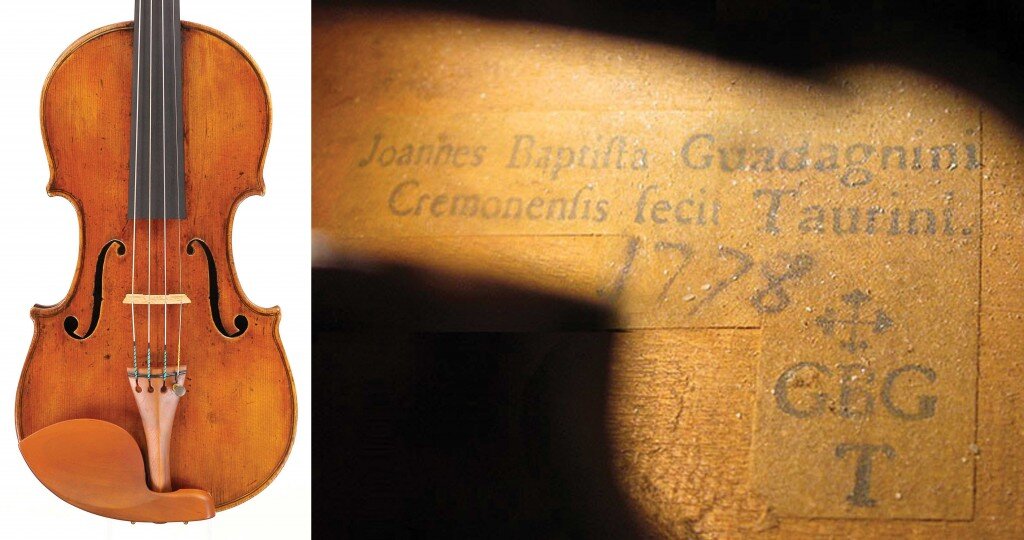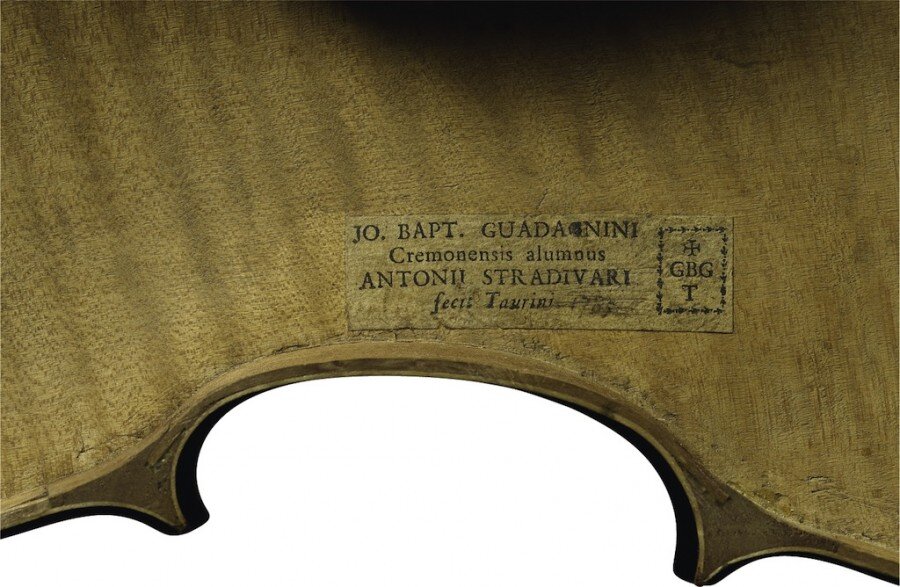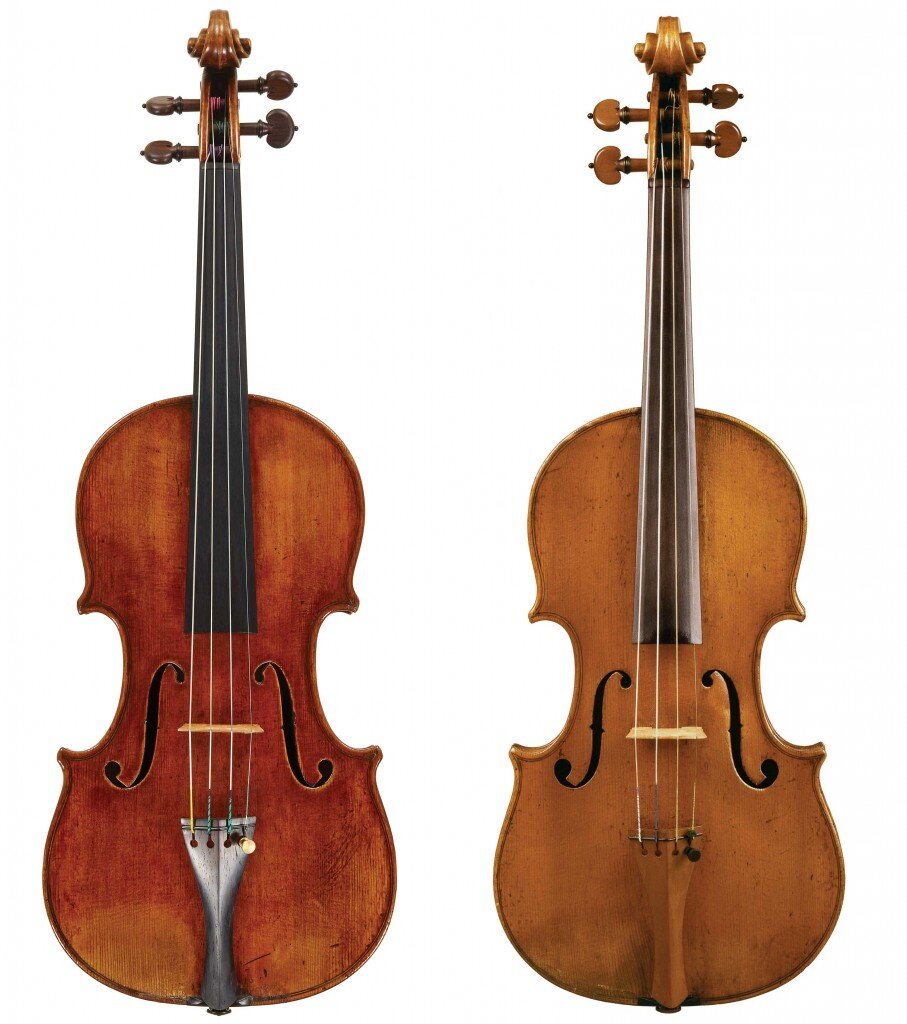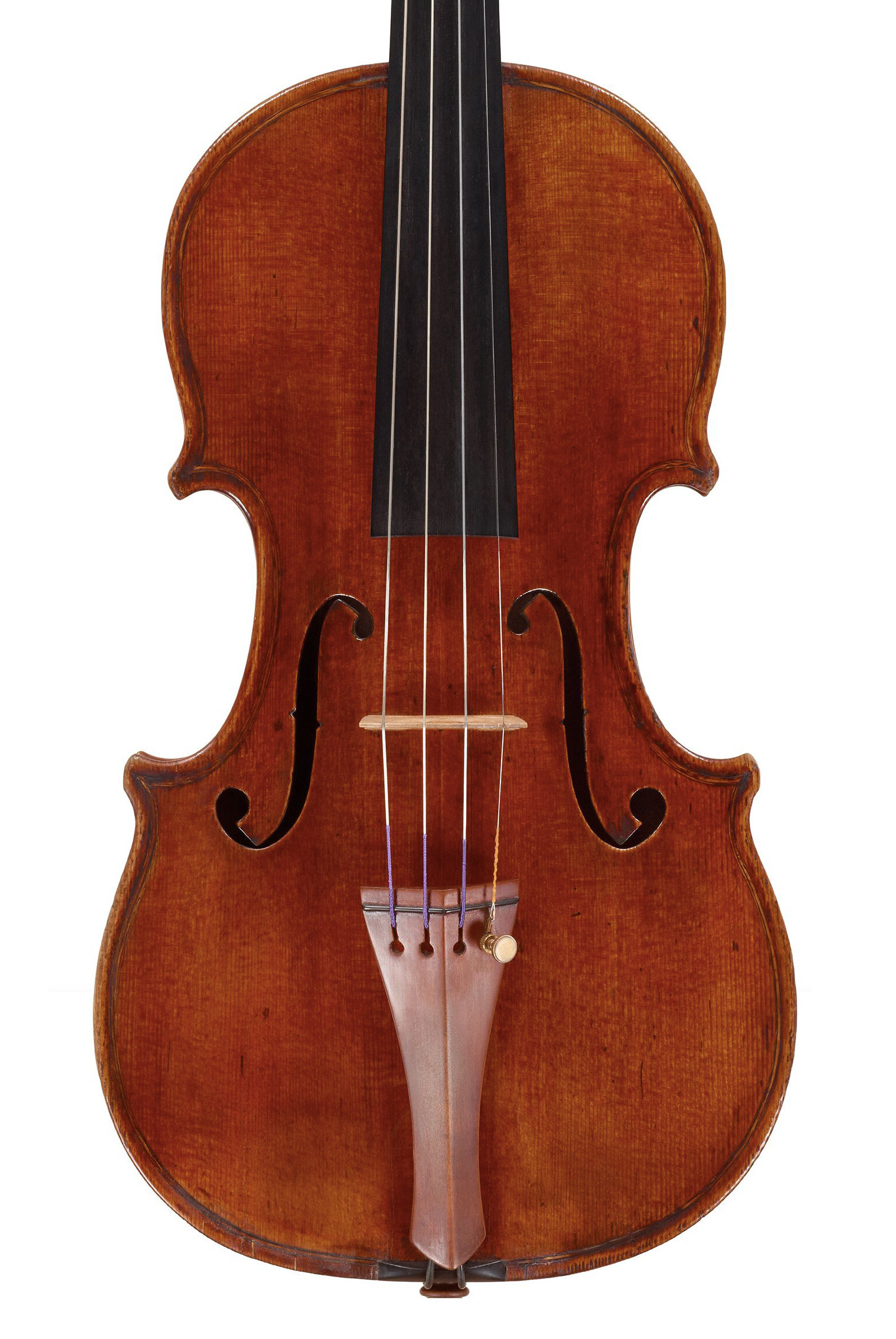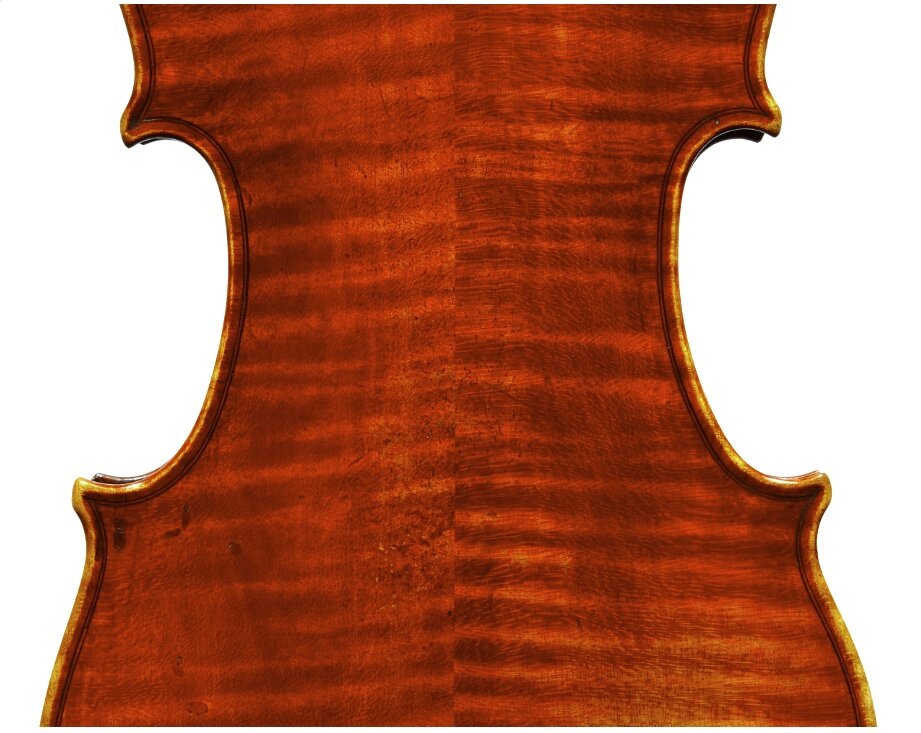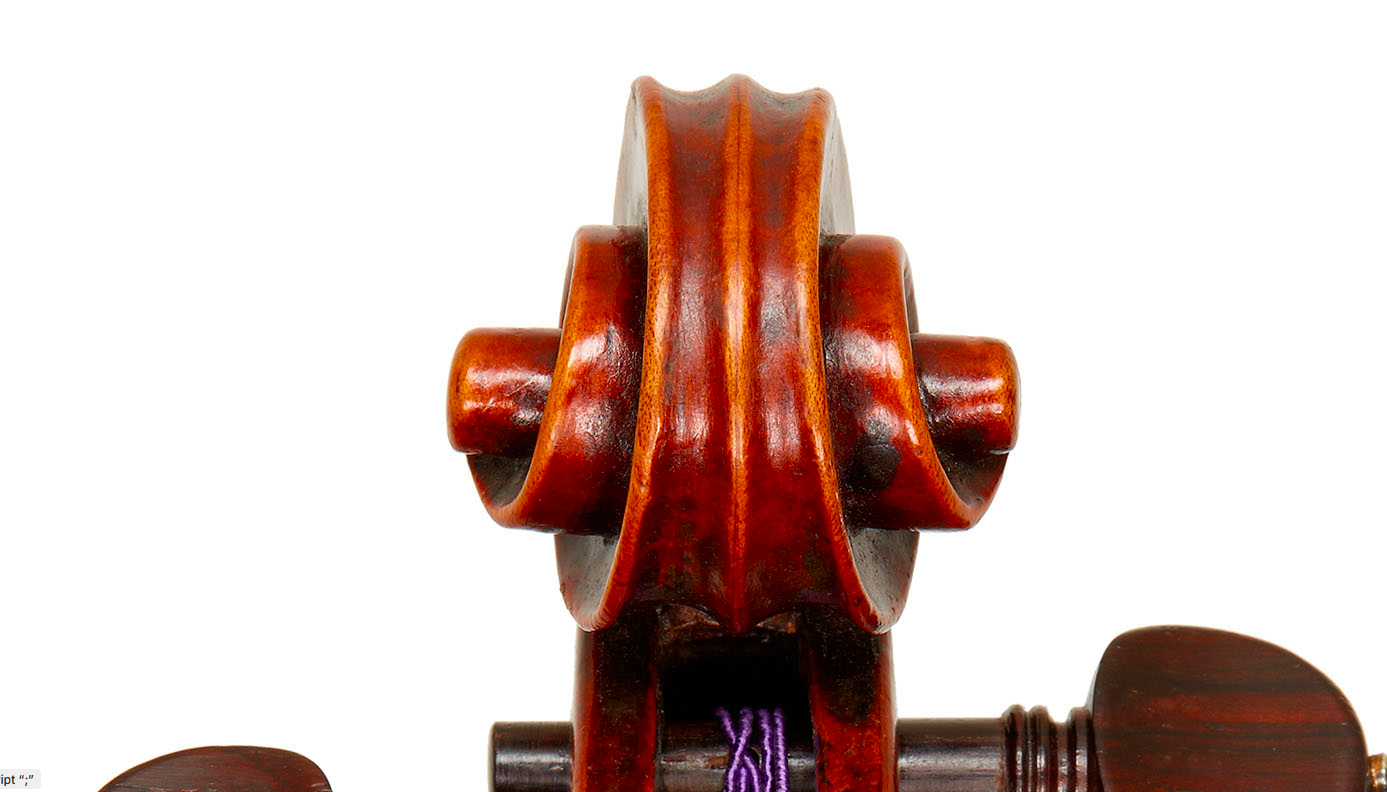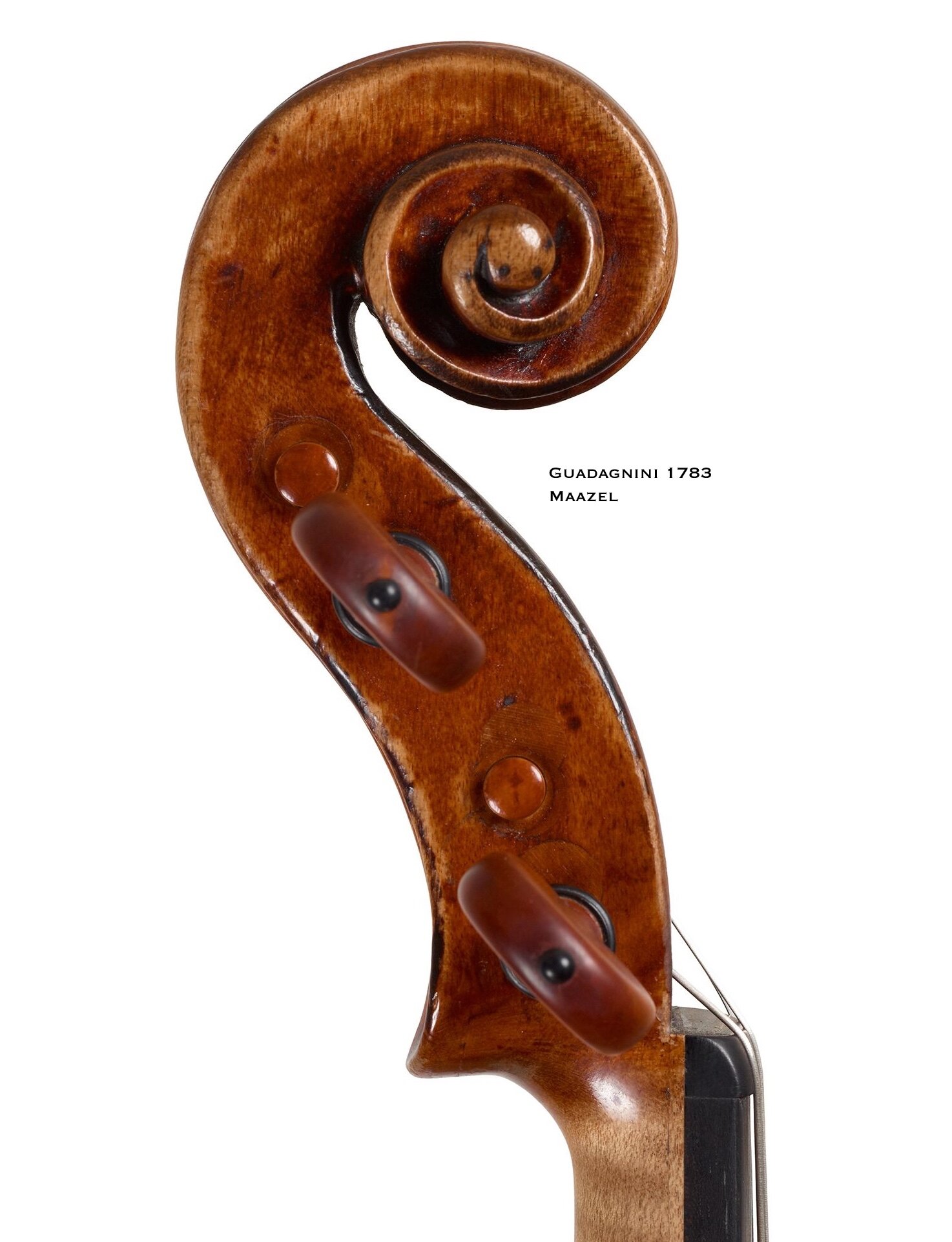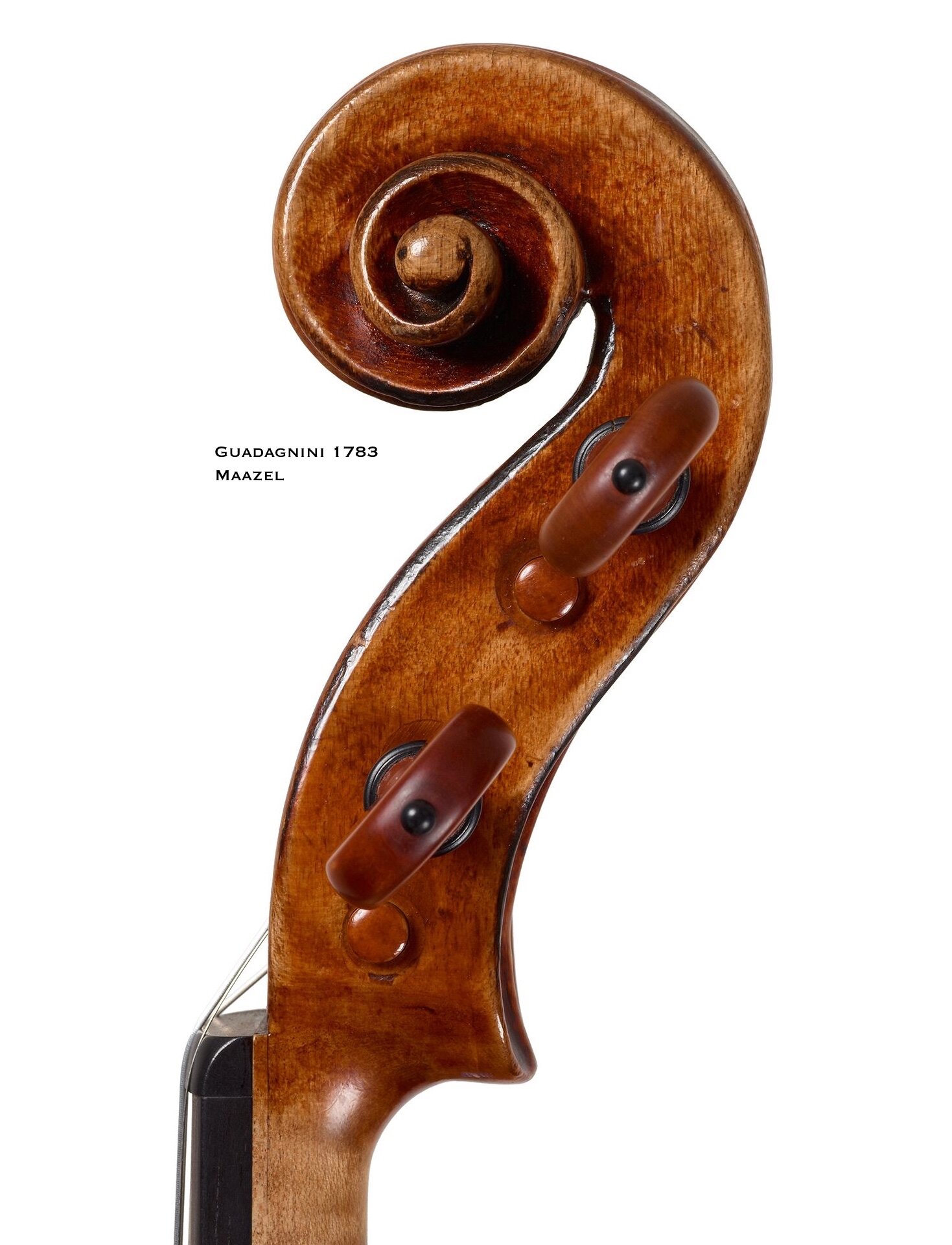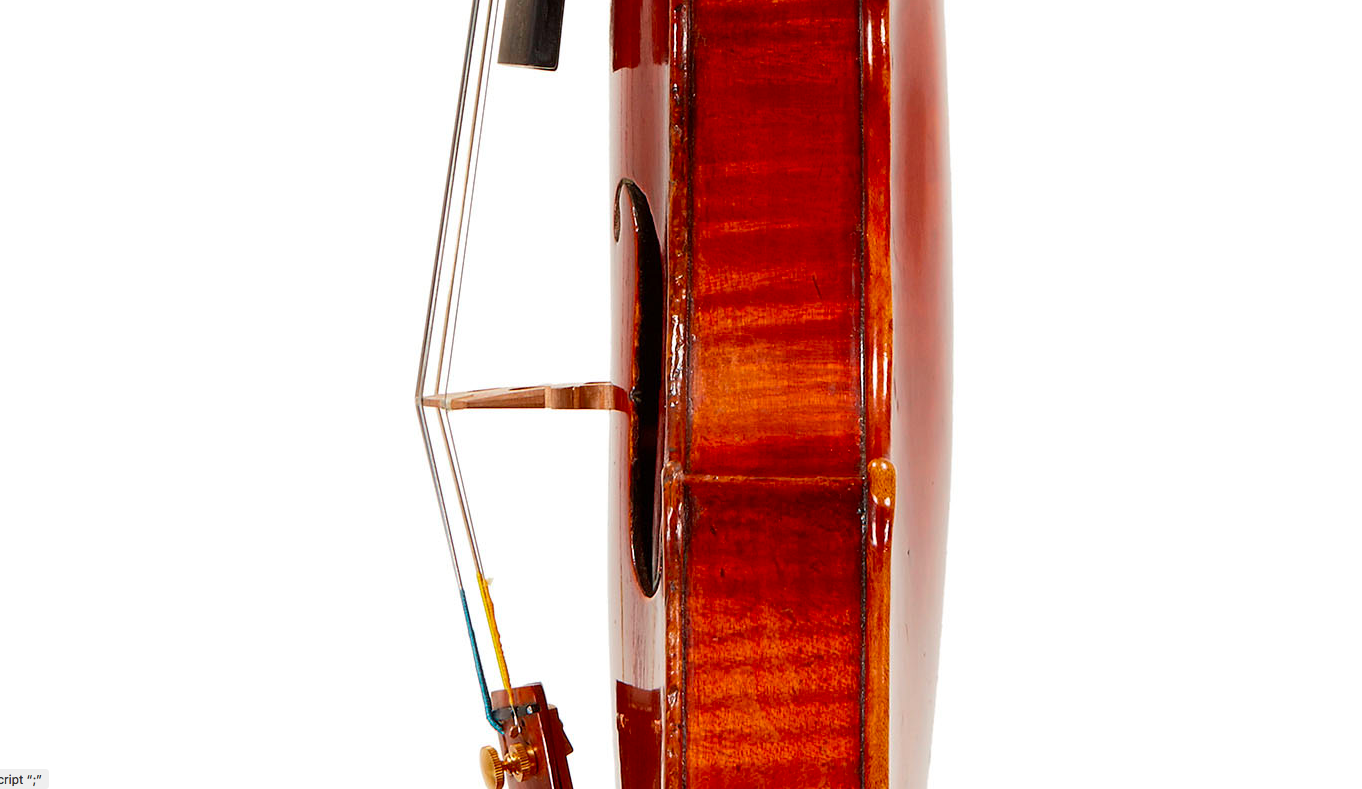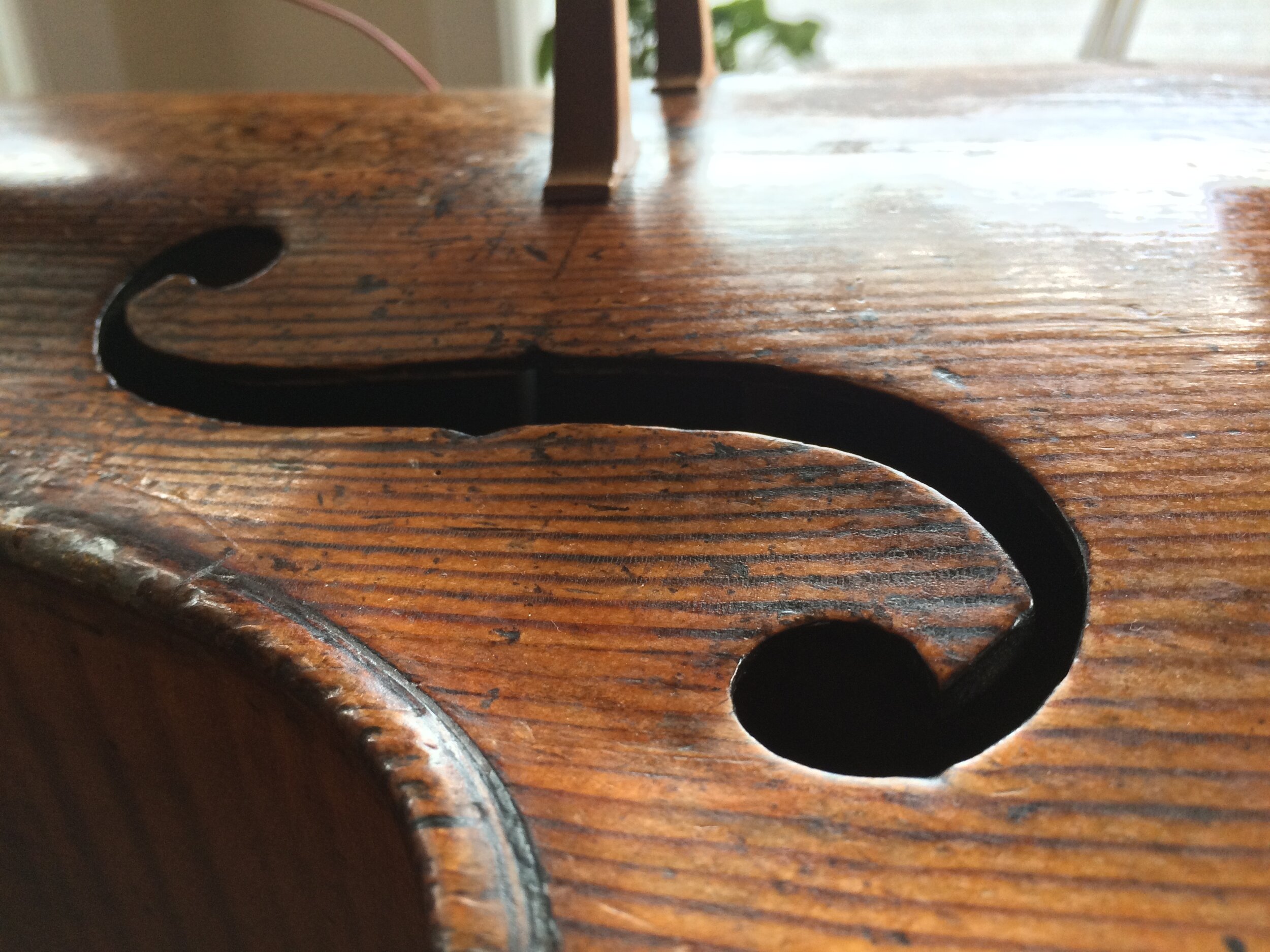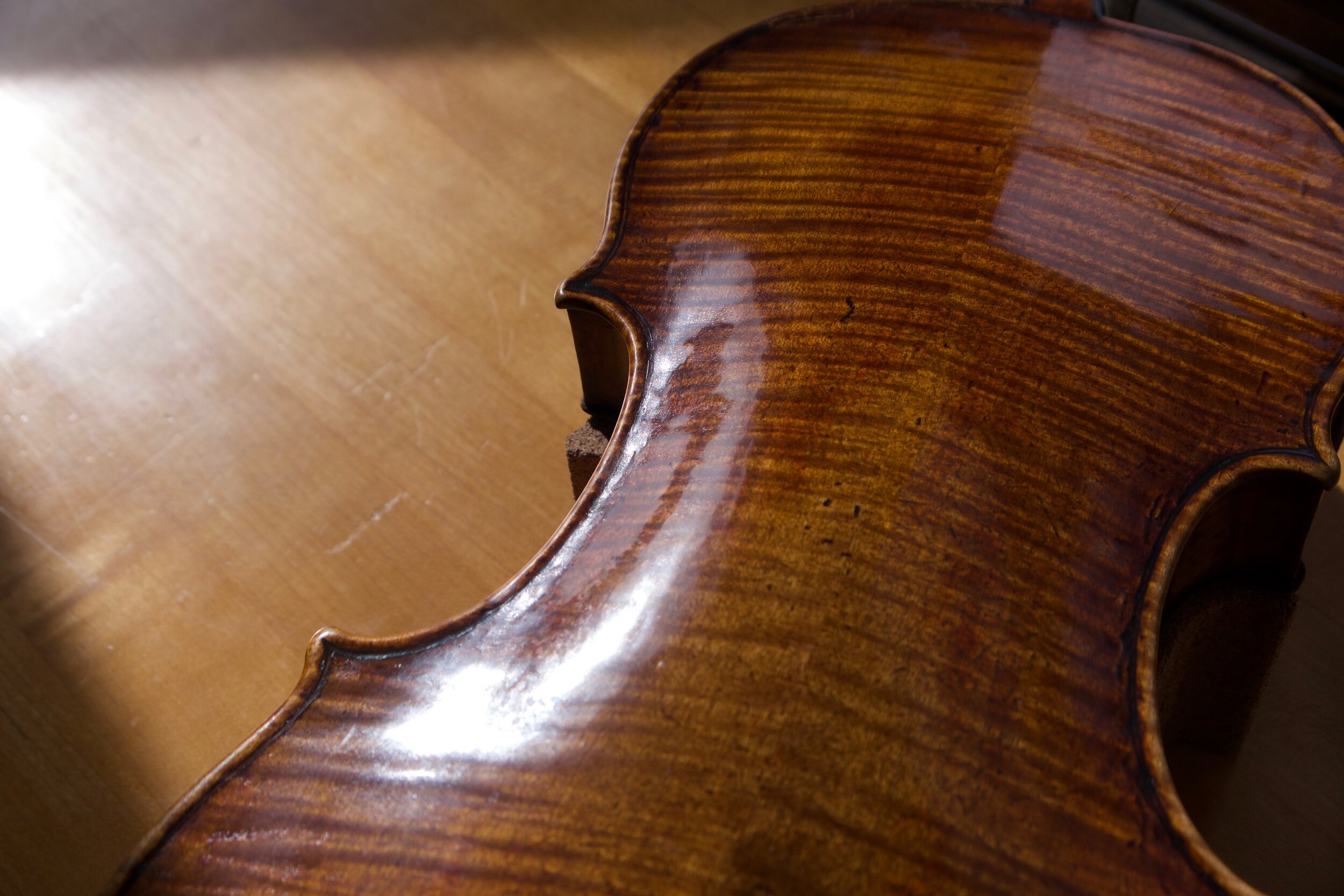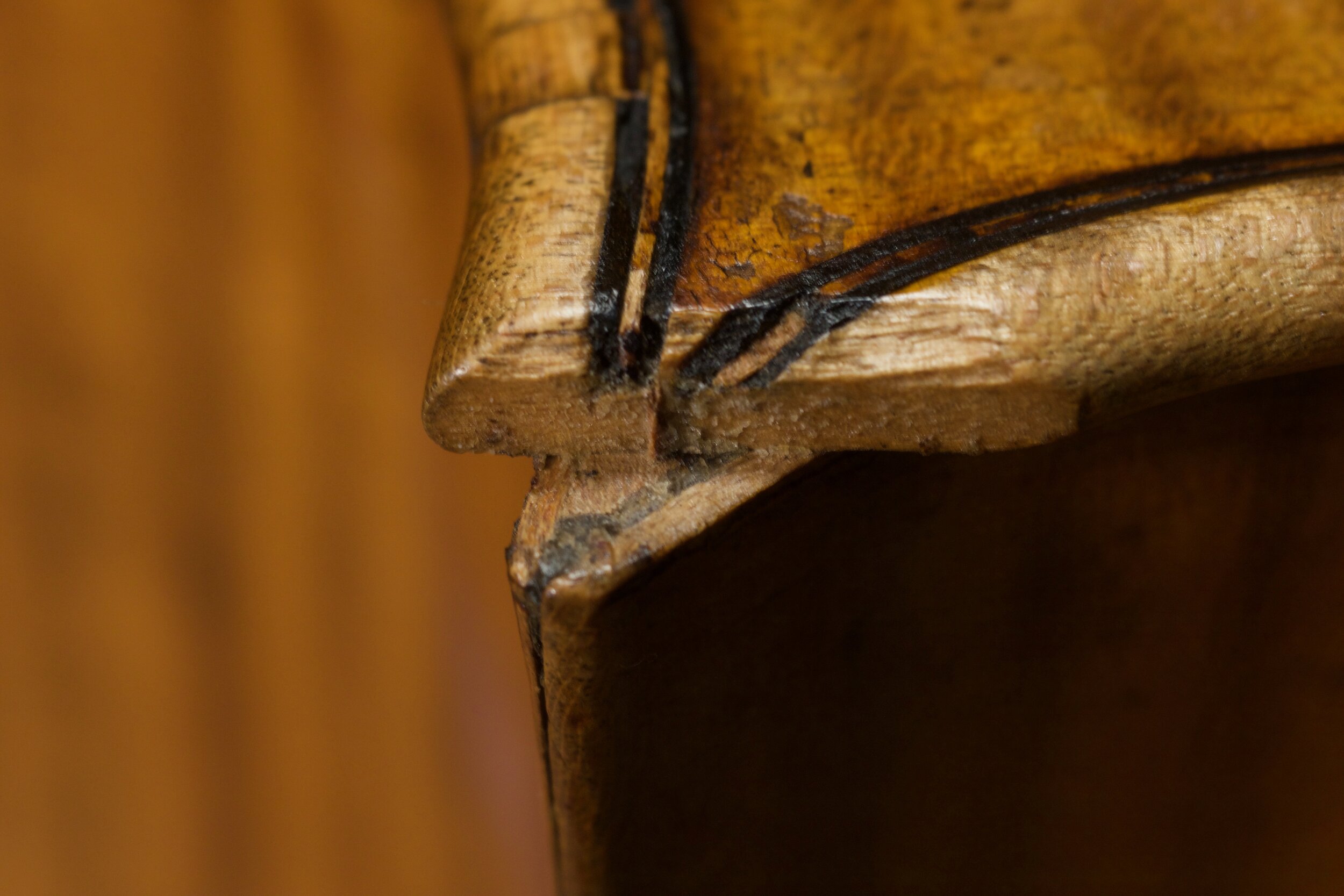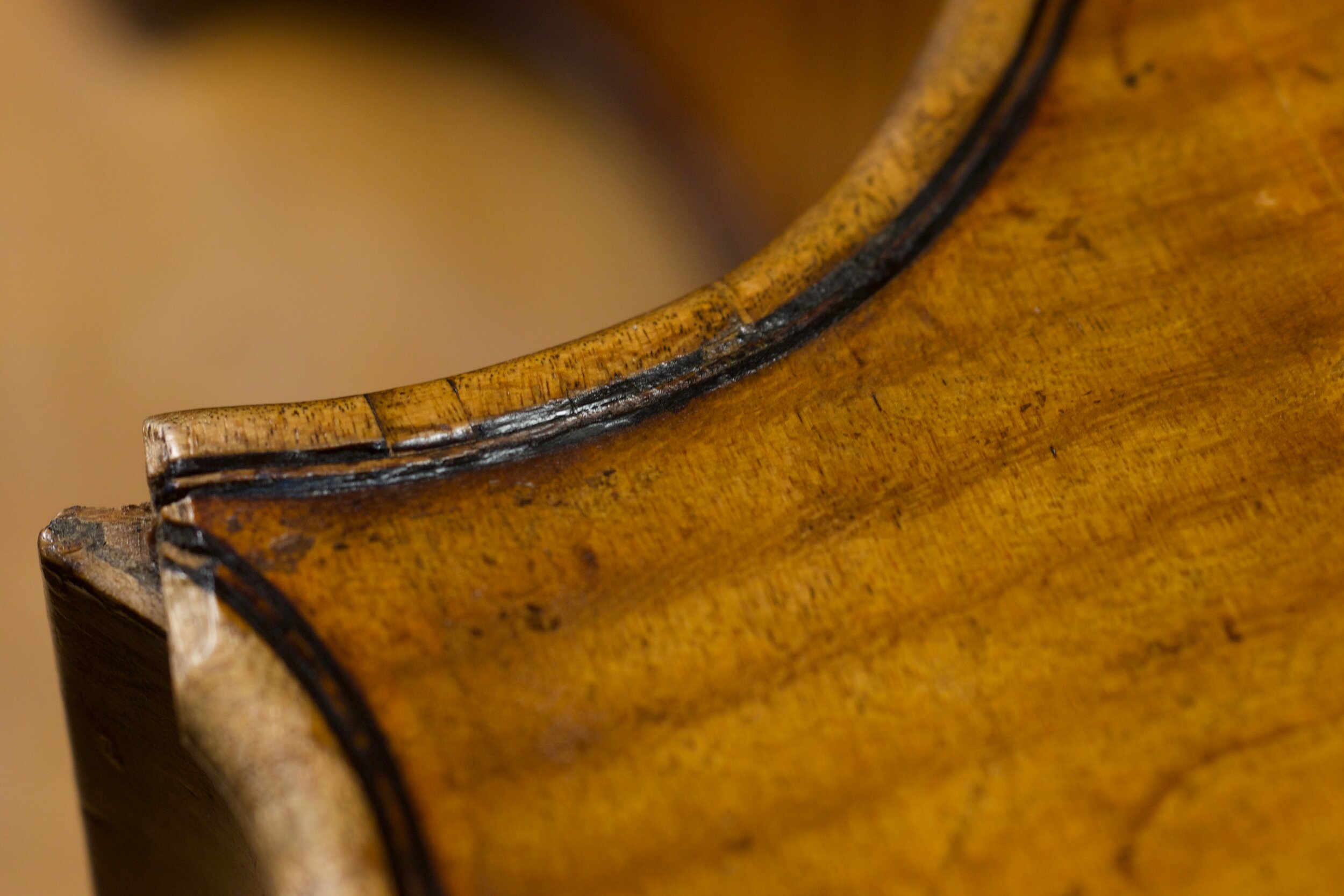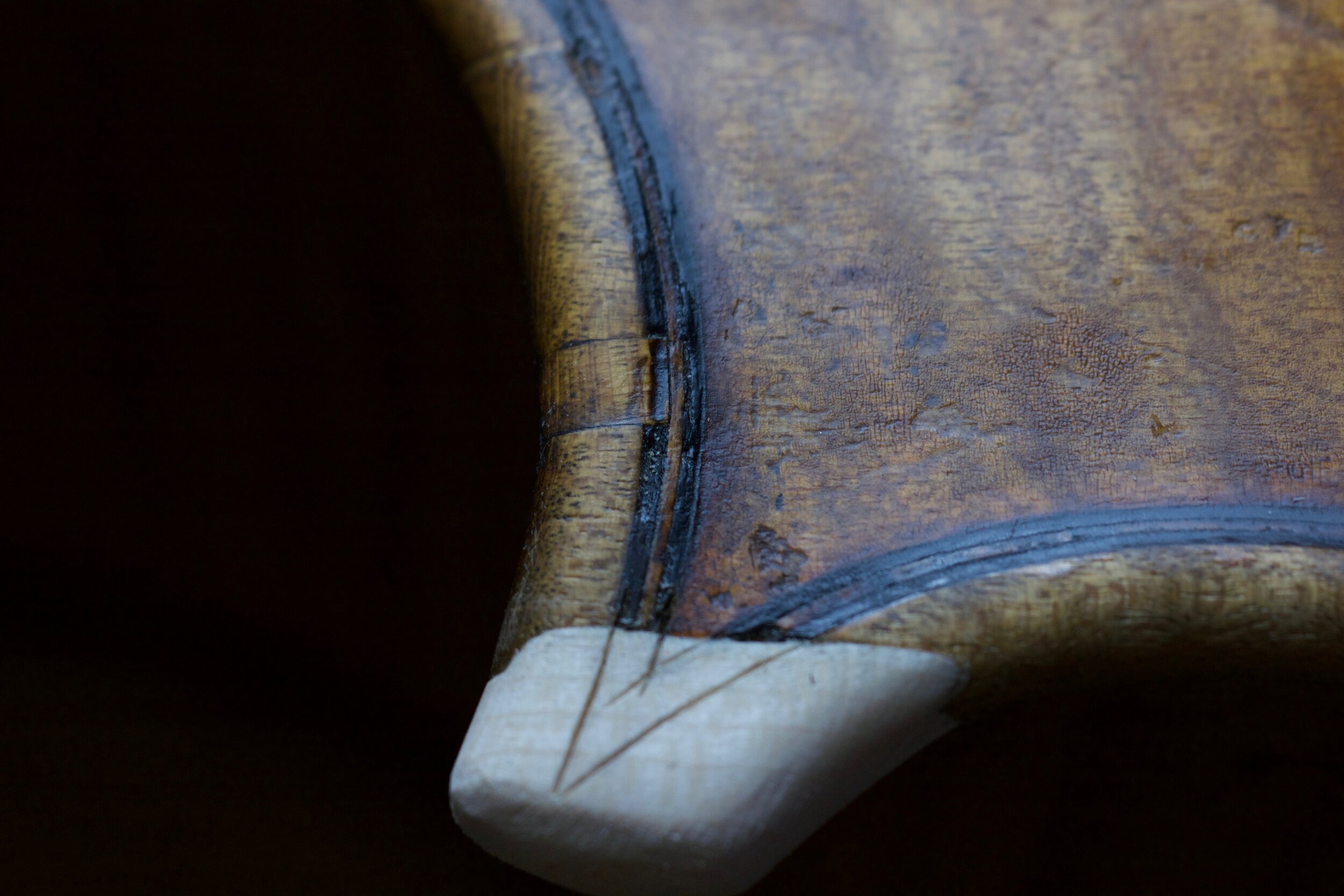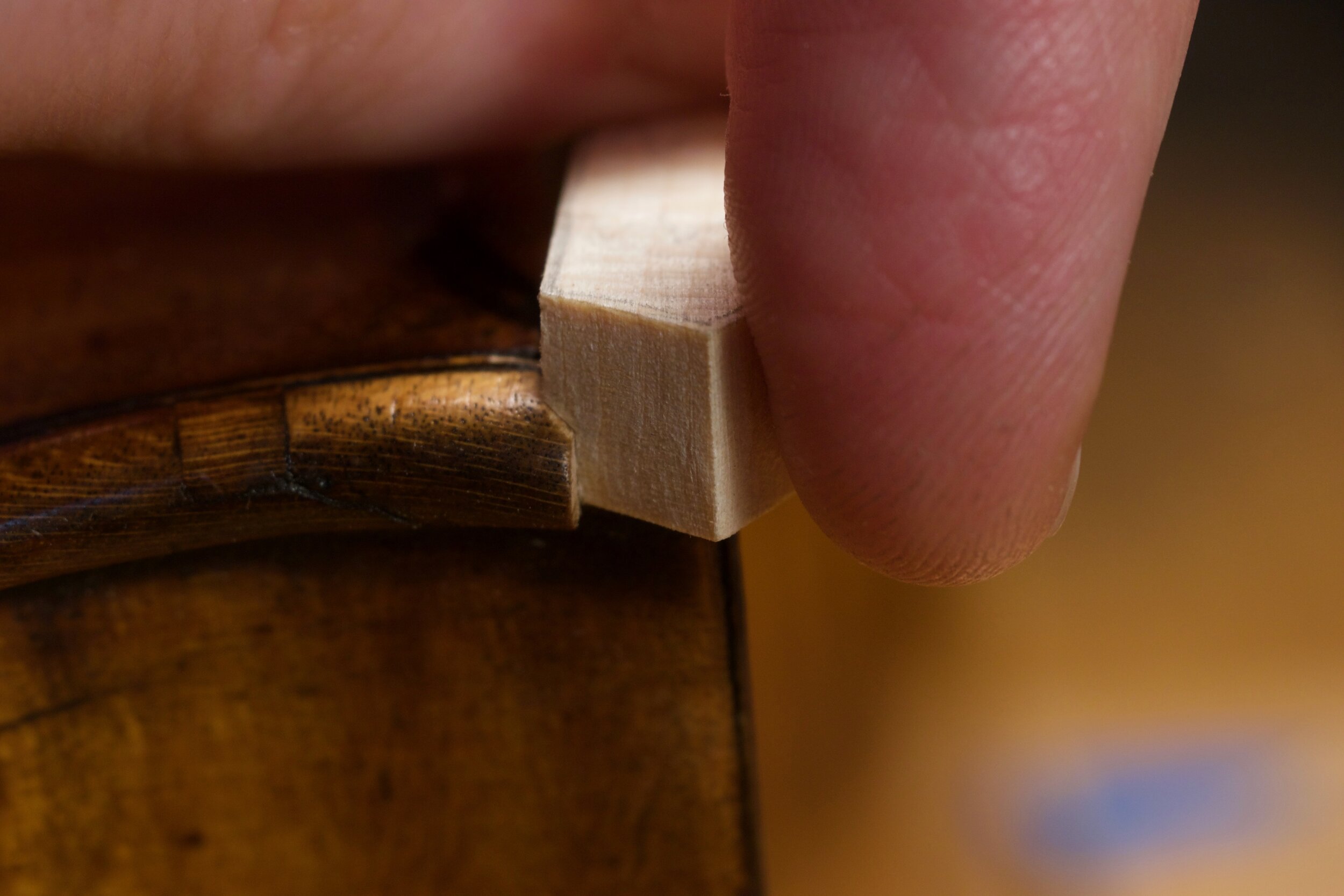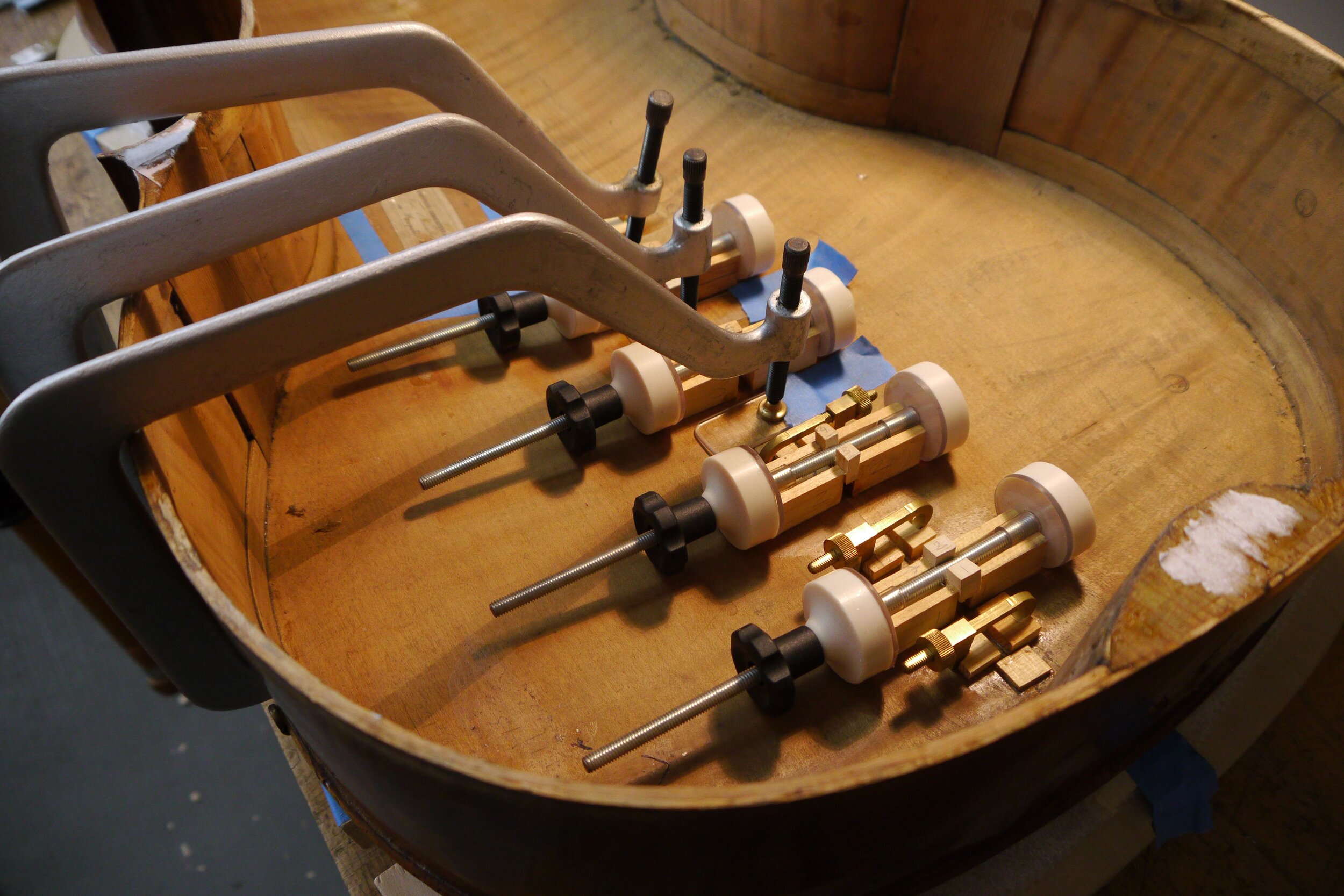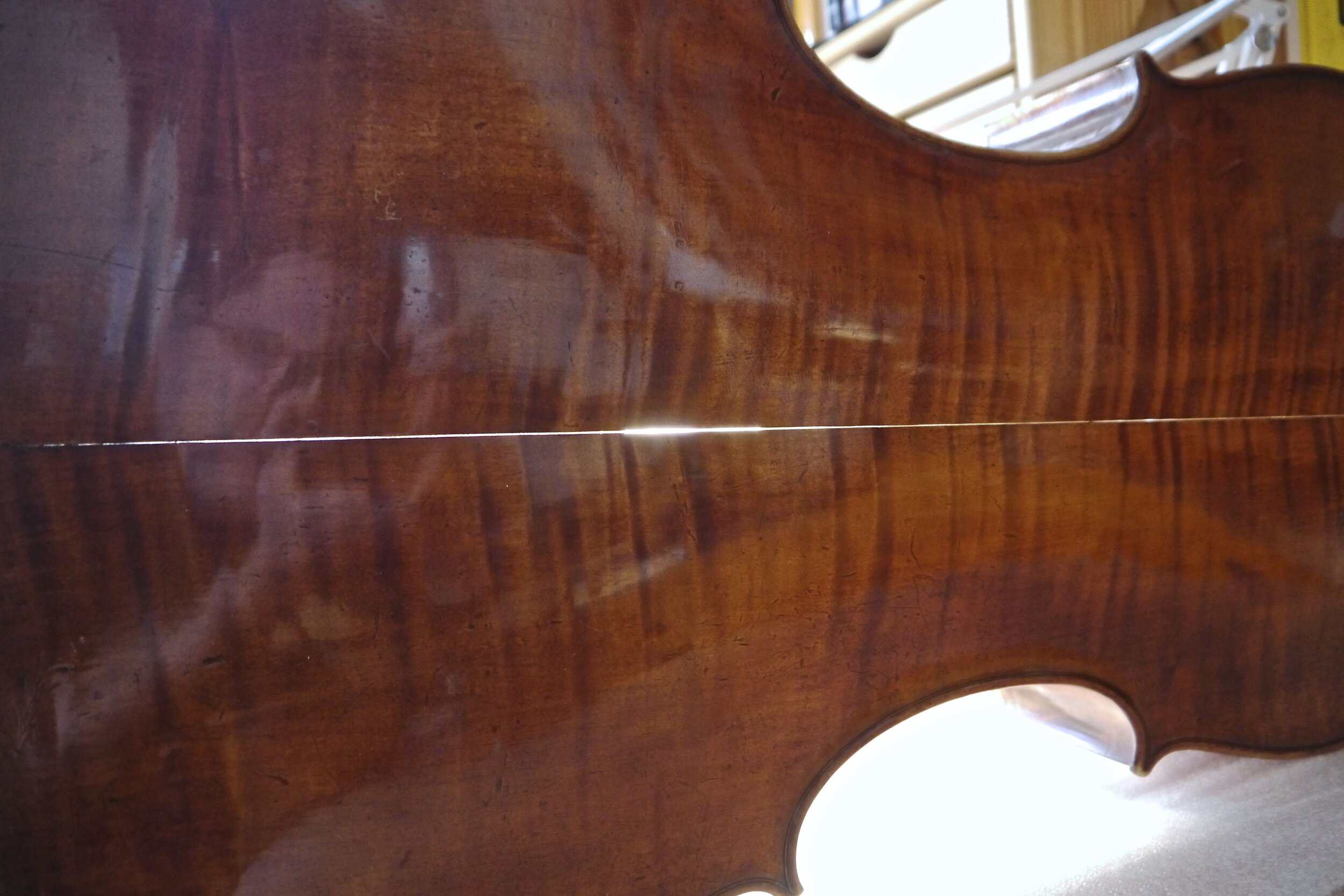GB Guadagnini
A collection of pictures from GB Guadagnini, ff style and scroll.
Giovanni Battista Guadagnini was born near Piacenza, in 1711. He worked in Piacenza, Milano, Parma, and Torino. In my opinion his outline, style is original and it is a pleasure to copy. The best instruments are from the Milano and Torino period. American musicians seem to favor the Torino style as it has arching similar to the one of Del Gesu, while European musicians prefer the Milano style. The photo of the two violins side by side is Turin on the left and Piacenza on the right. It is from an article I recommend reading by Philip Kass on Strings magazine.
Arching notes, Del Gesù-Tecchler
The part of wood carving I find most challenging is the carving of the C bouts.
The part of wood carving I find most challenging is the carving of the C bouts. The violin in the pictures is a very well sounding Guarneri, the Ex Baron Vitta, Goldberg. The C bout arching is quite full when compared to other instruments by the same author, or even Strads. On the opposite extreme is the arching of a Tecchler, in this case a cello.
Snapped off
I tried to find a matching piece of purfling…
Corner repairs are easy, the tricky part is to match the purfling. When this beautiful Davide Tecclher cello came in with a missing corner I realized I had to make a piece of the missing purfling. I looked everywhere for a piece to match, but I could find none. The black-white-black layers were about the same size, in some spots with the white being thinner. The corner went missing because of an old repair that failed. I had worked on this cello previously and went back to look at pictures of what the corner looked like before. To my relief it had already been repaired, which perhaps made the work mora challenging.
1720 L’Eveque new board.
Making a new fingerboard.
I used to look for the hardest piece of ebony, but these days I am looking for one that is not the heaviest.
1720 Stradivari Evêque, and the new fingerboard before glueing.
When I make a replacement fingerboard, I have to check that the old one had not been reshaped to “fix” a neck that was not perfectly aligned with the body and ff holes. I also make sure that the glue I use is quite thin, not only it makes the process of glueing more accurate, because the fingerboard would not slide left and right (gel effect), but it makes any future fingerboard removal easier. I have worked on several famous instruments that were previously repaired by skilled restorers, and I always found them easier to work on.
A. Gibertini 1797–1866
Antonio Gibertini, 1797 – 1866
Over time tension on these maple board warped them in across the grains and along the grains. This repair takes a long time to complete. I had to make a plaster cast and press the plates into the original shape, second I used a system of clamps that allowed pressure in a particular way so that it would glue without the two plates being taken apart. The center joint was quite dirty, but after cleaning, it glued perfectly. A trick is to glue a short section at a time, to better control that the two sides are aligned.


